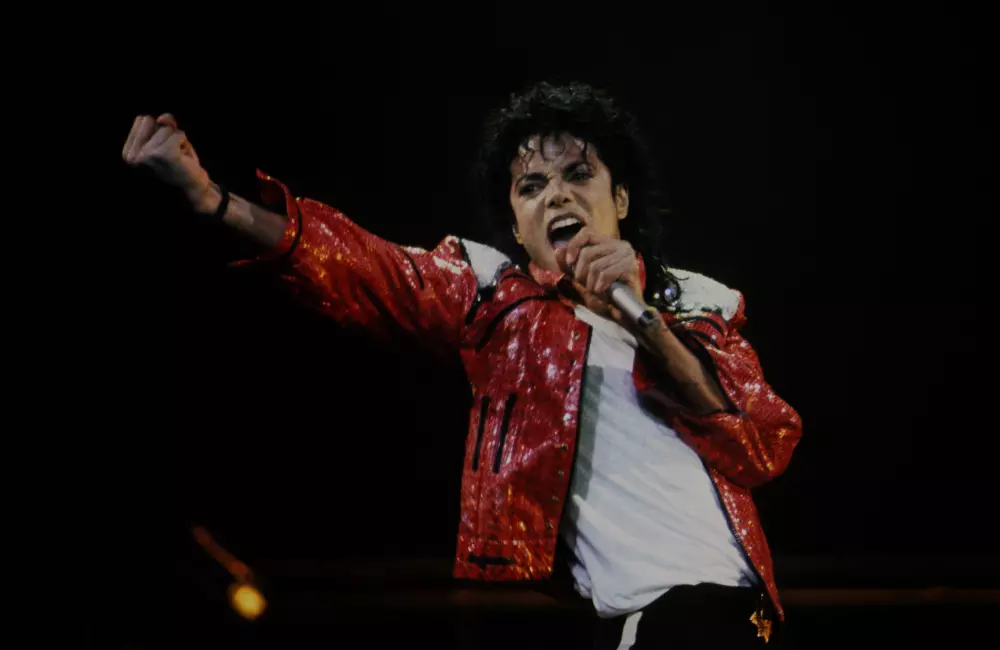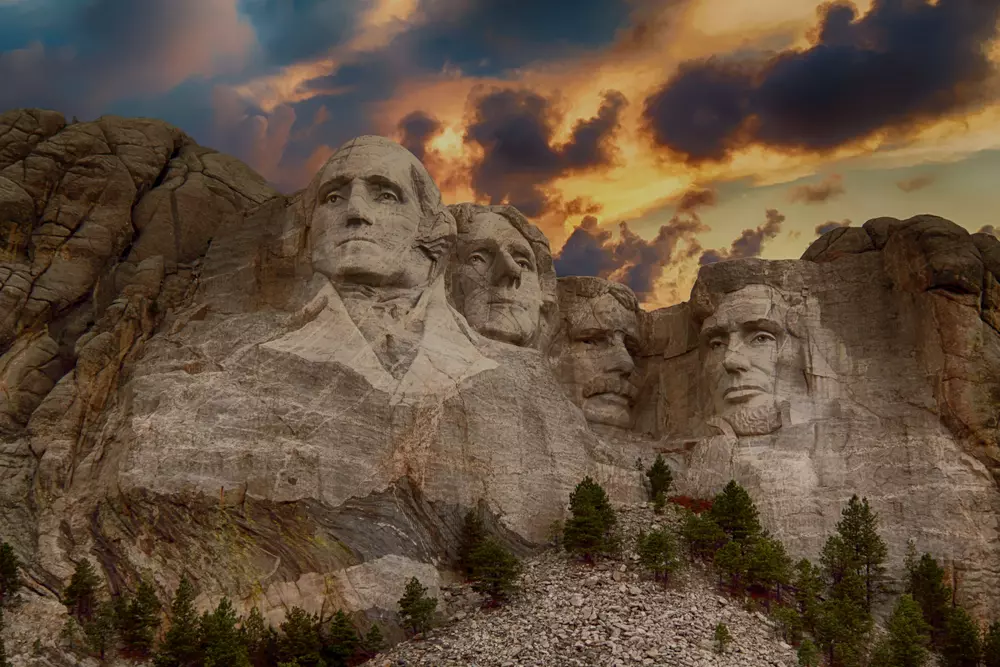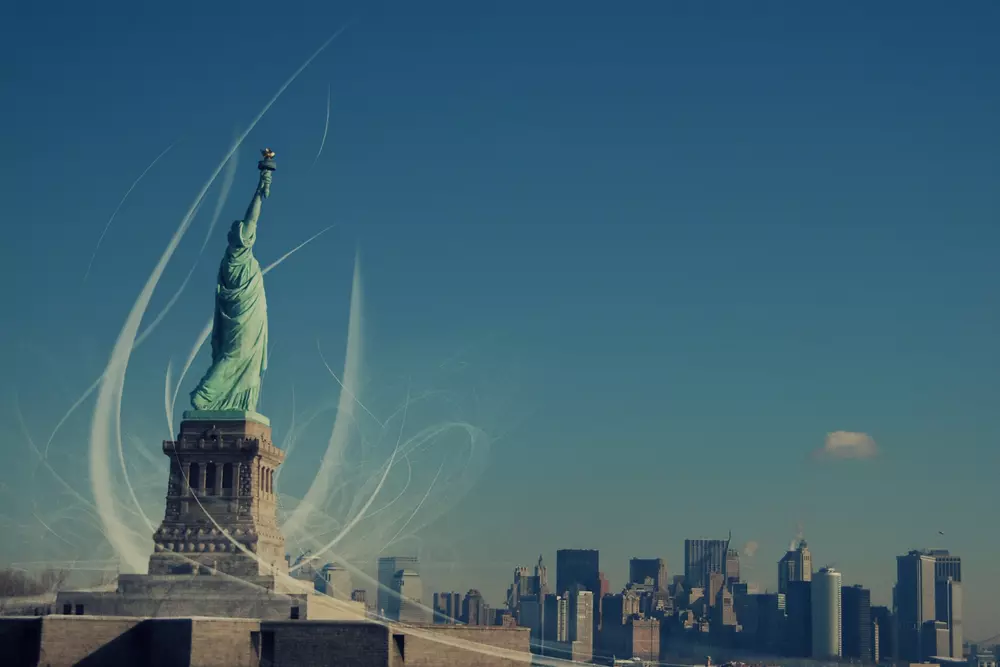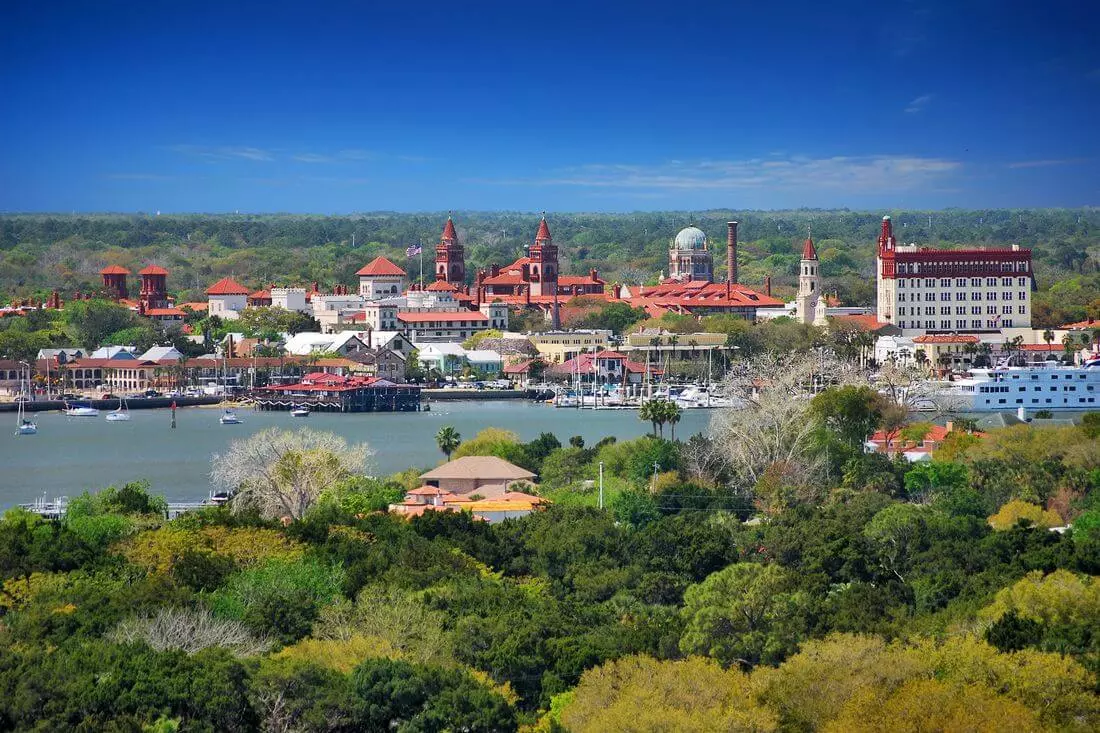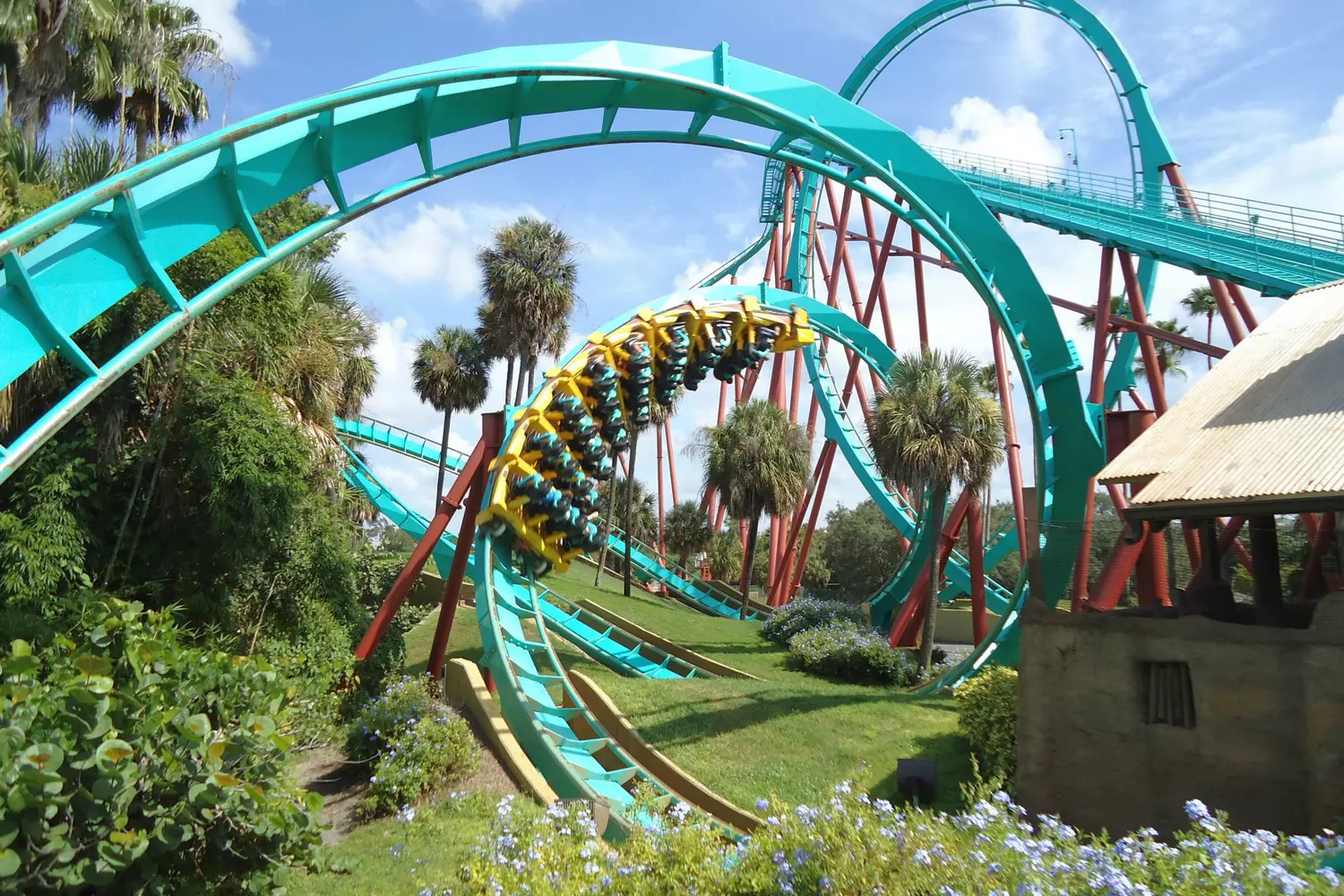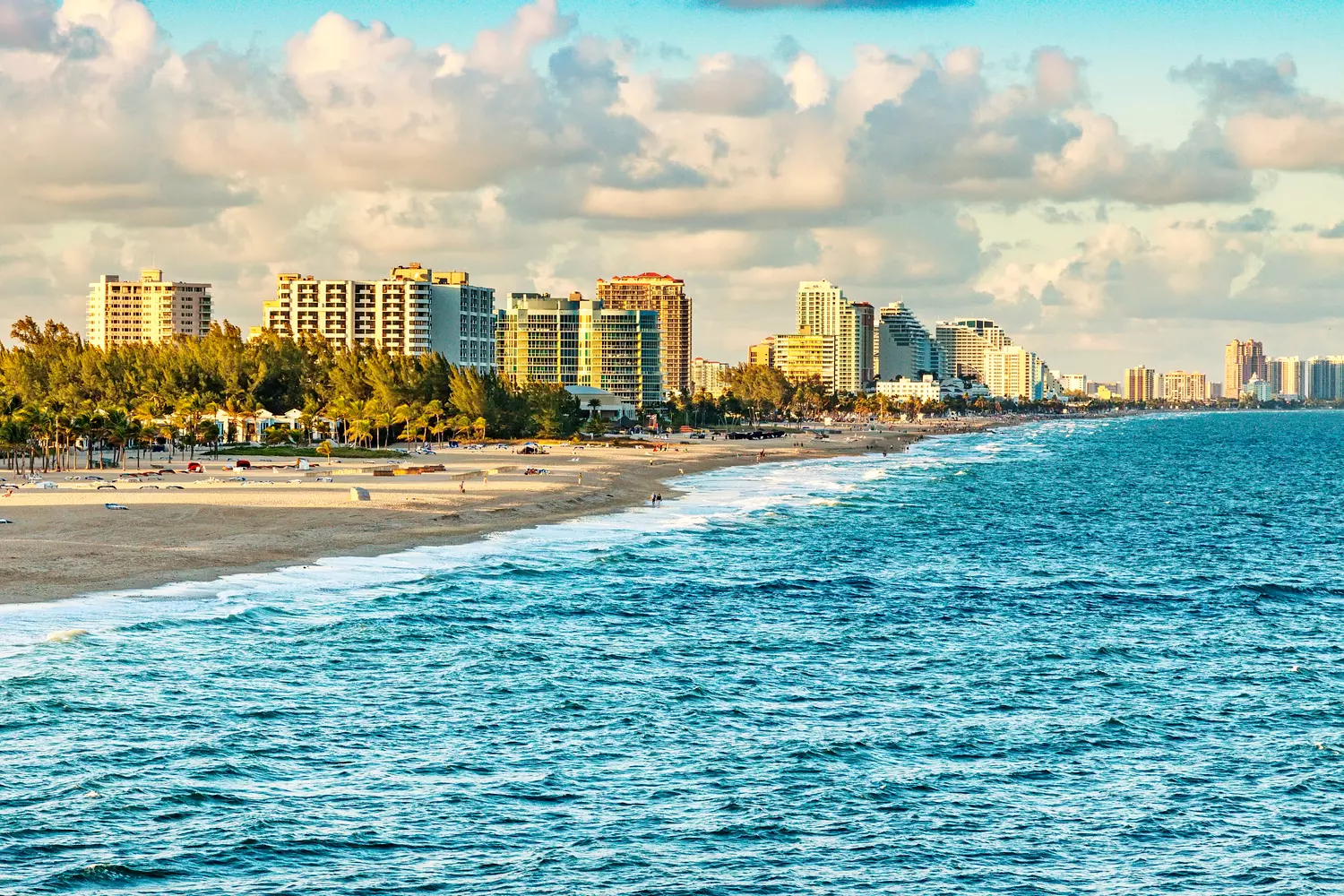At the dawn of the 20th century, the area that is now Miami Beach was a vast expanse of swampy, mangrove-covered land. Few saw its potential, but one man envisioned it as the future of America's most famous resort.
Carl Fisher was more than just a businessman; he was a visionary who turned dreams into reality. A self-made billionaire, he built roads, drained swamps, created cities, and sold the idea of a life of luxury under the sun. However, fate had prepared not only soaring successes for him, but also a devastating downfall.
The Path to Millions: Carl Fisher's Early Steps
The future magnate was born in 1874 in Indianapolis, into a family that could hardly be called wealthy. His father abandoned the family when Carl was just four years old, and the boy had to learn to rely on himself from an early age. School did not appeal to him — he dropped out in the sixth grade and began looking for ways to earn a living.
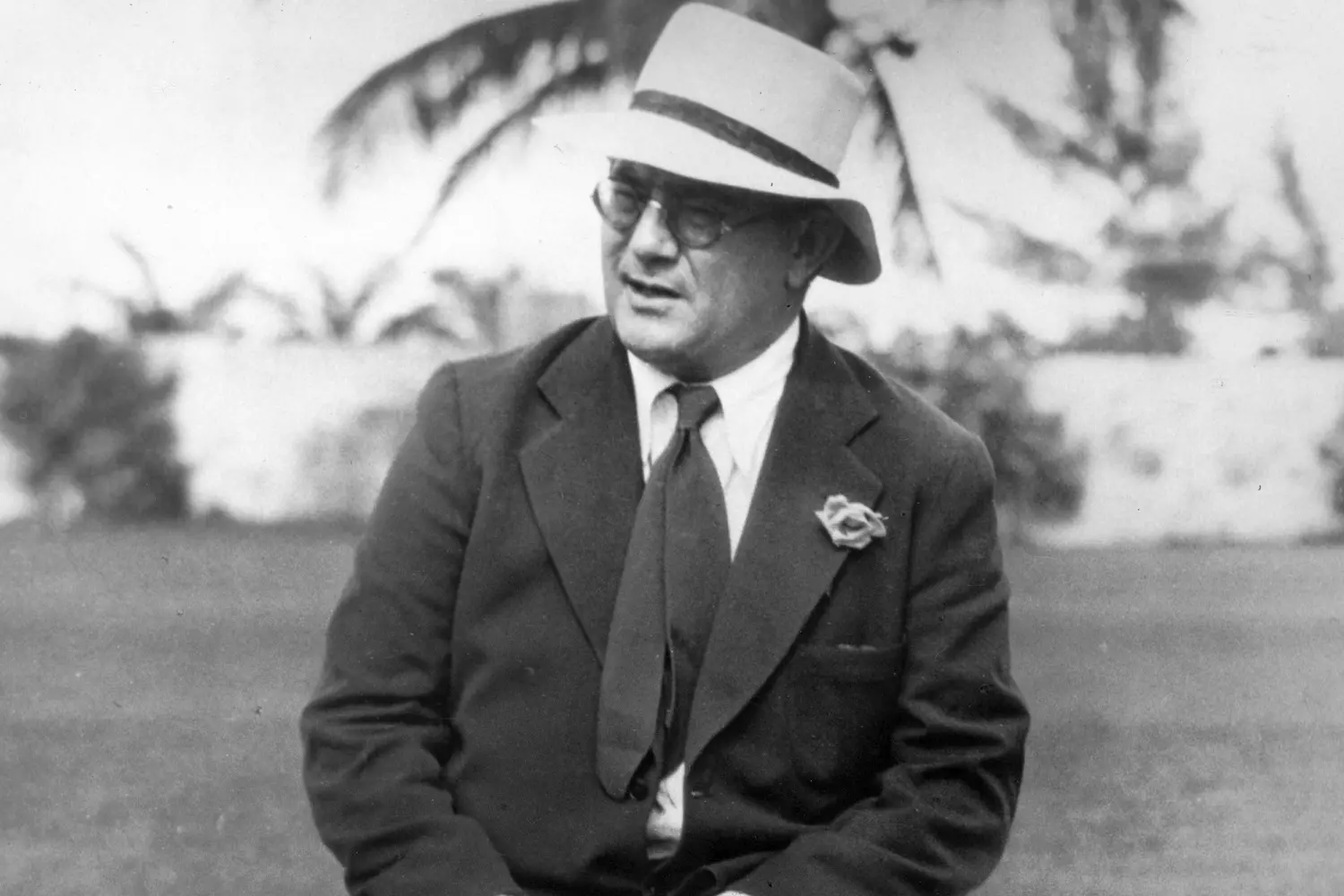
Fisher tried his hand at various jobs: he worked in a bookstore, assisted in an auto repair shop, but never stayed anywhere for long. Cars truly captivated him — in the late 19th century, it was a new, almost fantastical industry. In 1904, he founded a company to manufacture automobile headlights, a decision that proved to be pivotal. At that time, cars often traveled at night blindly, and Fisher's invention — sealed acetylene headlights — was revolutionary.
The business quickly took off. Fisher made millions and did not stop there. He invested his money in the construction of the famous Lincoln Highway, connecting New York and San Francisco, and then embarked on an equally ambitious project — transforming the wilderness of Florida into a dream city.
Art Basel in Miami Beach
How Carl Fisher Transformed Miami Beach
By the beginning of the 20th century, Florida remained a wild frontier, and Miami Beach was nothing more than a chain of sandy dunes overgrown with mangroves. Locals considered these lands uninhabitable, but Fisher saw a goldmine. He decided to create a resort unlike any other in America.
The transformation of Miami Beach became not just a project for him, but a life's work. He acted quickly, confidently, and on a grand scale:
- Drained swamps and reinforced the soil. Thousands of tons of sand, dredged from the seabed, were used. This made it possible to form reliable land suitable for construction.
- Built roads and bridges. Without transport infrastructure, the resort could not exist. Fisher financed the construction of a bridge connecting the island to the mainland, and built roads that made the place accessible to travelers.
- Created upscale hotels and yacht clubs. He didn't just sell land — he created a lifestyle. Hotels, tennis courts, golf courses, and yacht marinas attracted the rich and famous.
- Organized large-scale advertising. Fisher understood the power of marketing. He invited celebrities, organized boat races, and wrote newspaper articles about the paradise life in Miami Beach. Soon, wealthy Americans began flocking here in search of sun and luxury.
- Made Miami Beach a symbol of success. Thanks to him, this corner of Florida became a place where millionaires, movie stars, and industrialists spent the winter.
Carl Fisher didn't just build a city — he changed the concept of recreation in America. Miami Beach became synonymous with wealth, carefree living, and eternal summer. However, the triumph was short-lived. Ahead of him lay blows that he could not withstand.
If you would like to know more about Miami Beach and its rich history, American Butler can help you with this. We offer exciting tours of the most interesting places in Florida, where you can immerse yourself in the atmosphere of unique events and discover new facets of this amazing region.
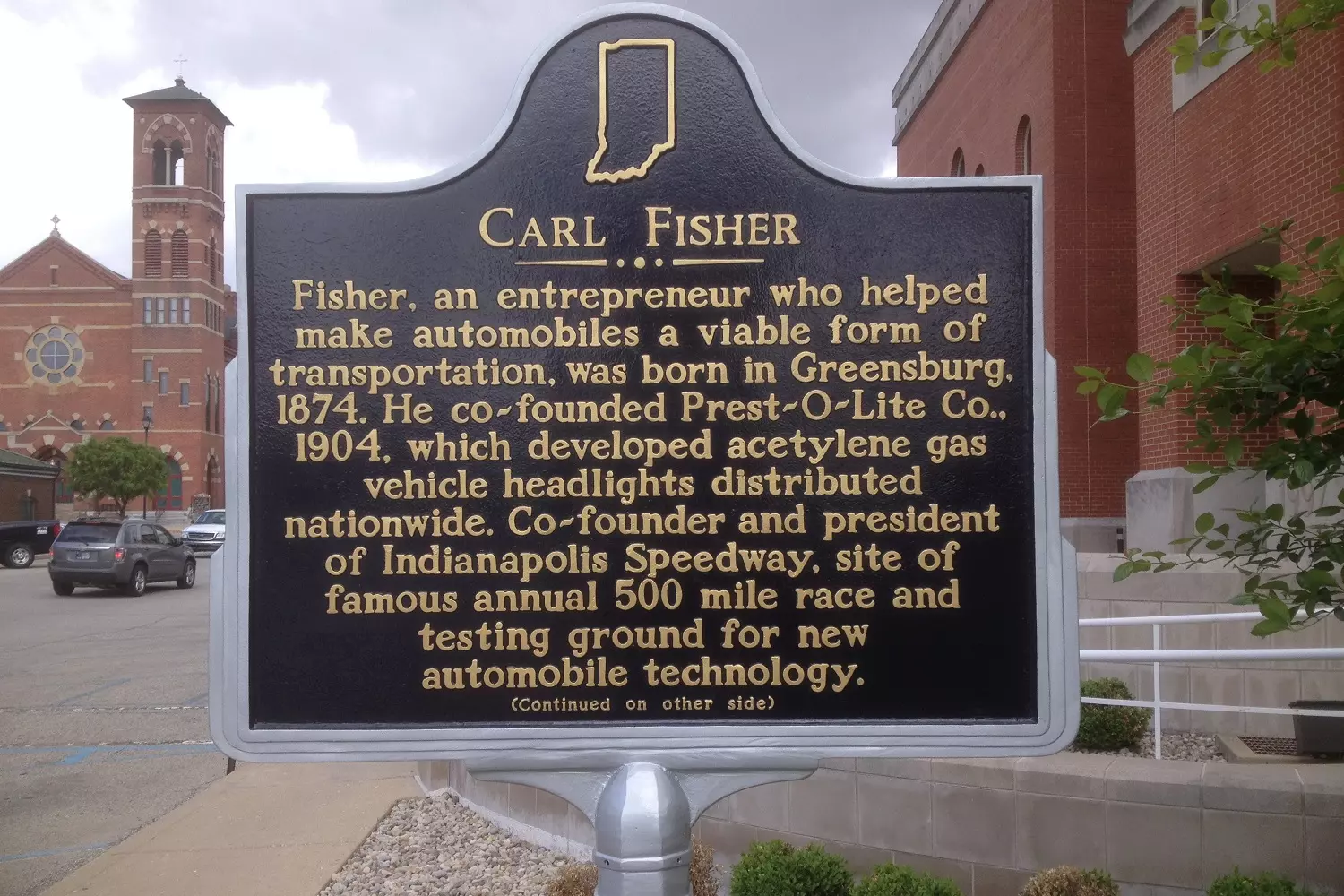
The Pinnacle and the Fall: How Fisher Lost Everything
By the mid-1920s, Carl Fisher was one of the wealthiest men in America. His fortune was estimated at hundreds of millions of dollars, and projects followed one after another. He did not stop at Miami Beach — a new ambitious plan was next.
Fisher purchased a small island off the coast of Florida and named it Fisher Island. He planned to turn it into a closed paradise for the elite — with luxurious villas, yacht clubs, and private beaches. At this time, John Collins, a well-known businessman, was by his side, becoming his partner and helping to develop new ideas. However, a storm was already looming on the horizon, capable of destroying their empires.
A series of catastrophes from which there was no escape:
- The hurricanes of 1926 and 1928. Two devastating storms swept away part of the coastal buildings, destroyed infrastructure, and scared away investors. Miami Beach fell into decline.
- The stock market crash of 1929. The Great Depression hit the entire country, but Fisher suffered especially hard. His fortune was invested in land and real estate — assets that plummeted in value.
- Debts and loss of property. When funding for new projects ceased, a chain reaction began. The businessman sold off property, but the money was still not enough.
In the early 1930s, Fisher, who had recently bathed in luxury, was almost bankrupt. He lost his resorts, his lands, his dreams. Only a shadow remained of the man who created Miami Beach.
He spent his last years in poverty, settling in a small house in Miami. Illness, loneliness, the absence of his former energy — everything indicated that his time had passed. In 1939, at the age of 65, Carl Fisher died.
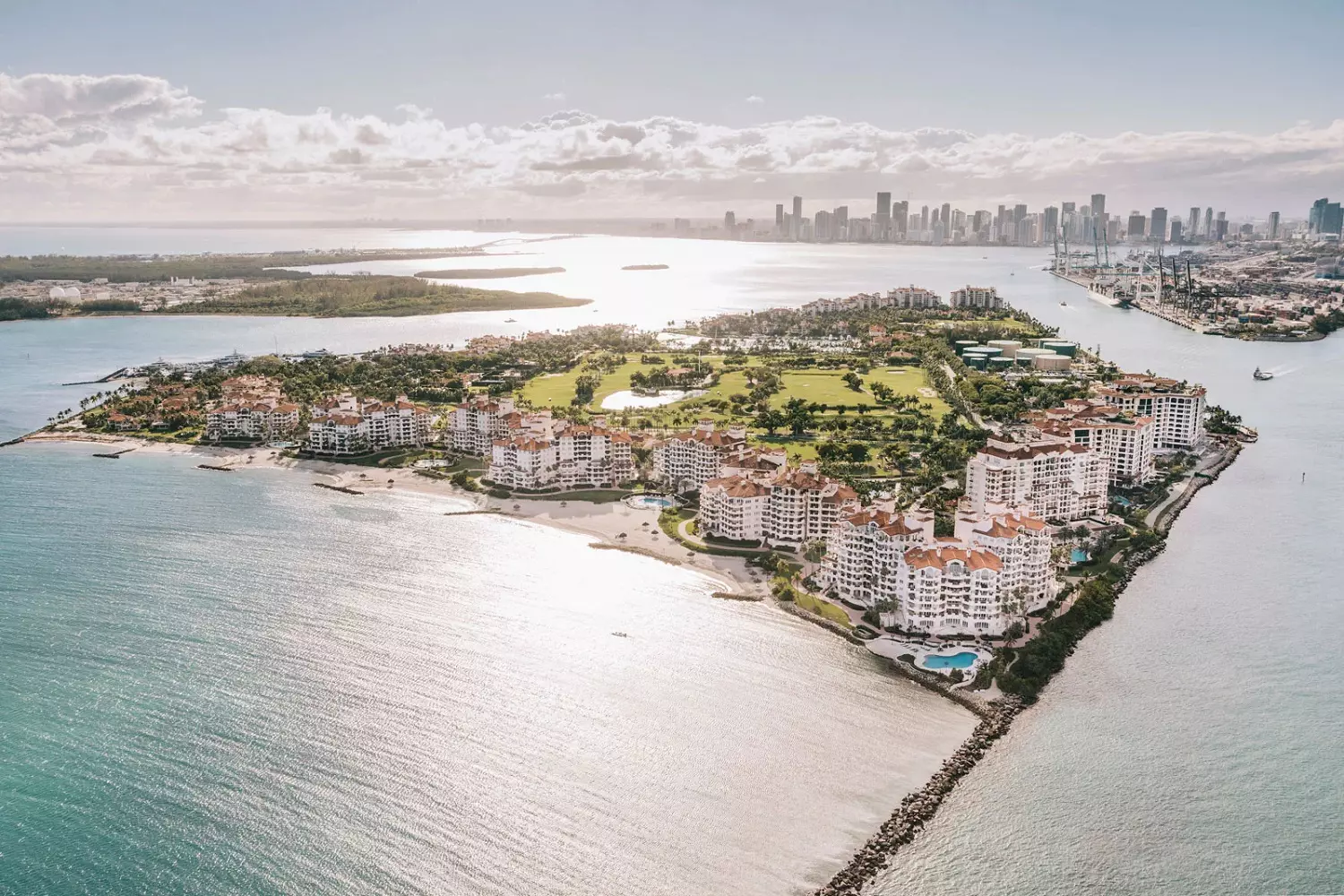
What Remained After Him
Carl Fisher reshaped the landscape of Miami Beach, turning swampy lands into a thriving resort. Although his personal plans did not always unfold as he had envisioned, much of what he built or initiated continues to shape the city's life today.
Architectural Legacy
Many buildings constructed in the 1920s have survived to this day. Some have been rebuilt, while others have been restored, yet the overall style of that era remains visible in the Art Deco District. Although Fisher was not an architect himself, his investments and ambitions fueled the construction of iconic buildings that became an integral part of Miami Beach’s cultural identity.
Roads and Infrastructure
One of Fisher’s key projects was the construction of roads connecting Miami Beach to the mainland. The most important of these was a causeway, later named Fisher Causeway. It transformed transportation links and enabled the development of the resort as a year-round destination.
The Development of the Resort Area
Thanks to Fisher, Miami Beach became an attractive destination for affluent tourists. Hotels, yacht clubs, and golf courses all emerged largely due to his vision for the city’s future. The resort district, established during his lifetime, continued to grow even after his departure, eventually becoming one of the most famous in the world.
Fisher Island
One of the most significant symbols of his legacy is Fisher Island. Once part of the mainland, it became a separate island after the construction of a shipping channel. Fisher developed it as an exclusive retreat for the elite, a status it retains to this day. Today, it is a private community with luxury real estate, accessible only by water.
Sports and Entertainment Legacy
Fisher actively promoted sports and entertainment. He built a racetrack, golf courses, and an automobile speedway that hosted racing events. Although most of his original developments have disappeared, the idea of Miami Beach as a hub for sports and leisure has endured. Today, prestigious tournaments are held here, and the entertainment industry remains a crucial part of the city's economy.
Carl Fisher not only transformed Miami Beach but also laid the foundation for its future growth. Without his ambition and investments, this area might have remained an untamed wilderness rather than one of the world’s most renowned resorts. Today, his name lives on in streets, a causeway, and an entire island, while the city itself stands as a testament to how far a bold vision can go.
Fisher proved that the impossible is merely a question of determination. He built cities from scratch, opened new frontiers, and demonstrated that dreams can become reality. His story is one of both triumph and downfall, but his greatest legacy is a place that embodies the dream of eternal summer.


























